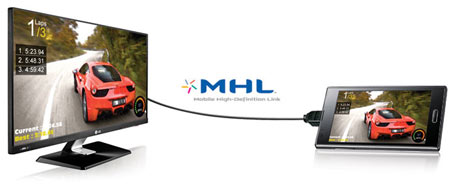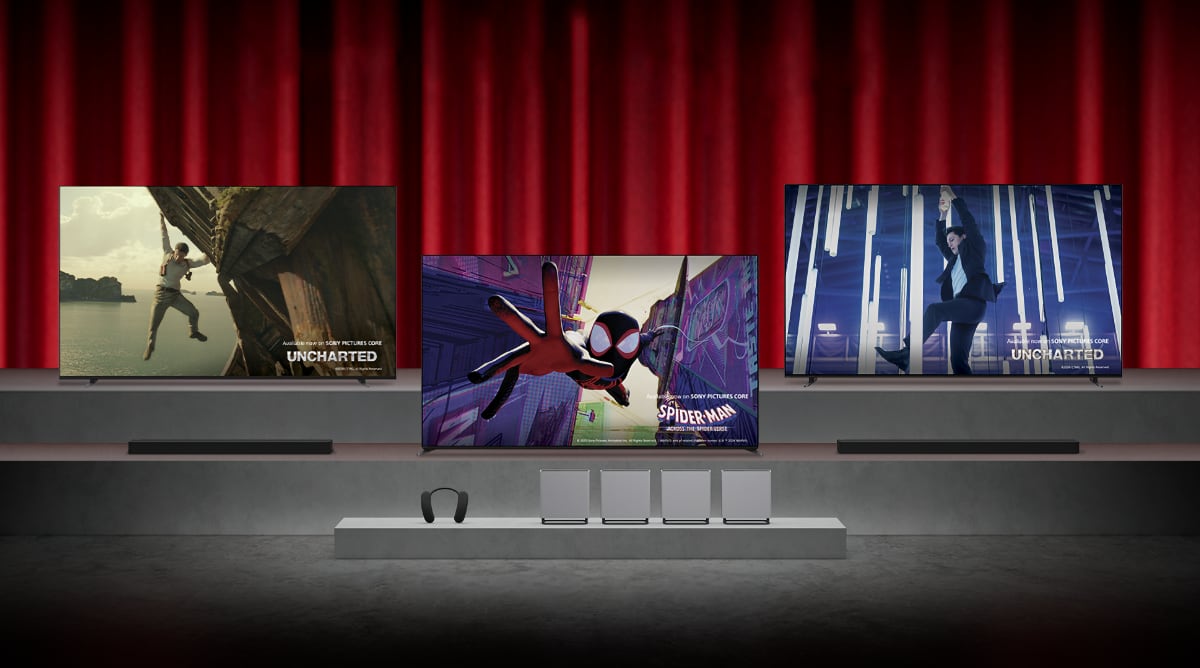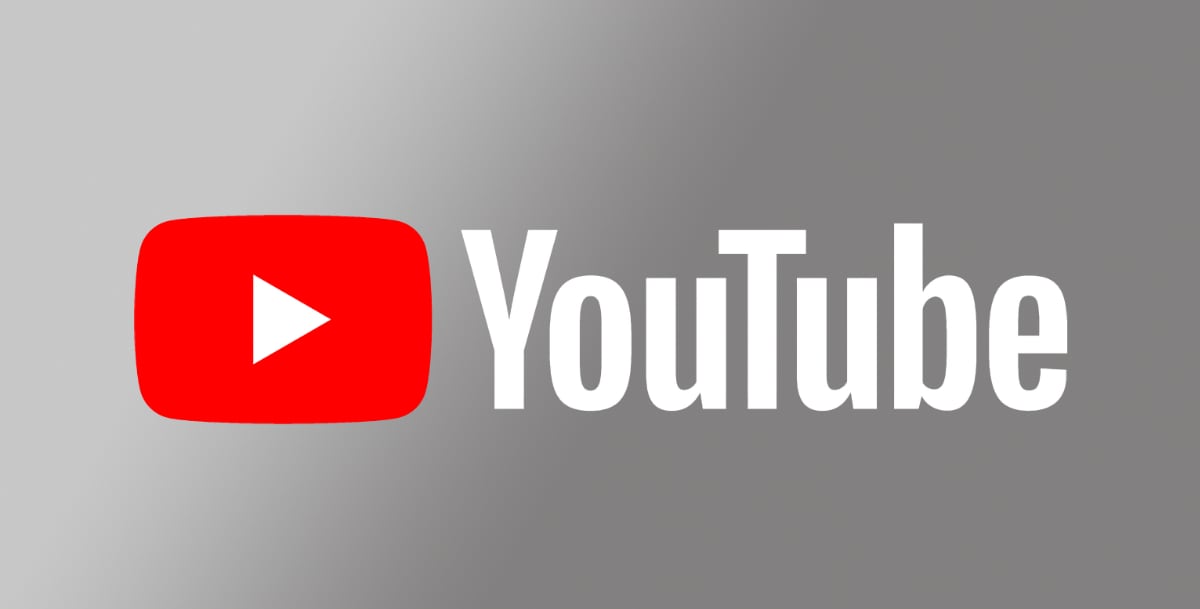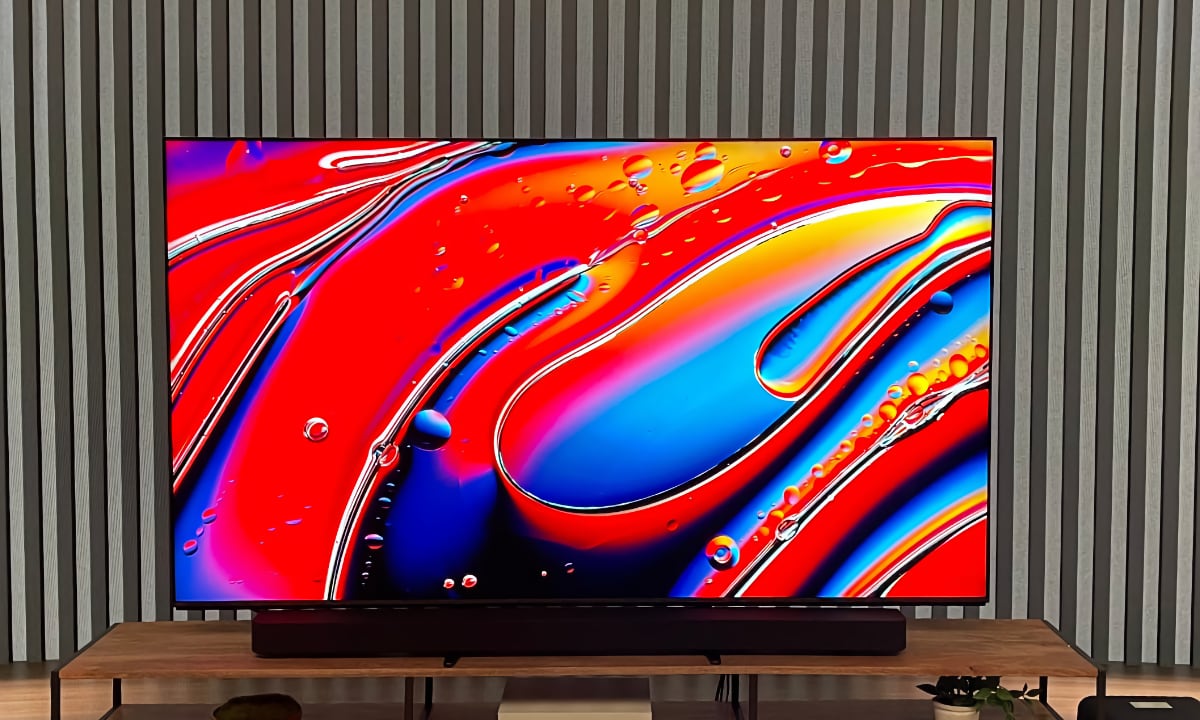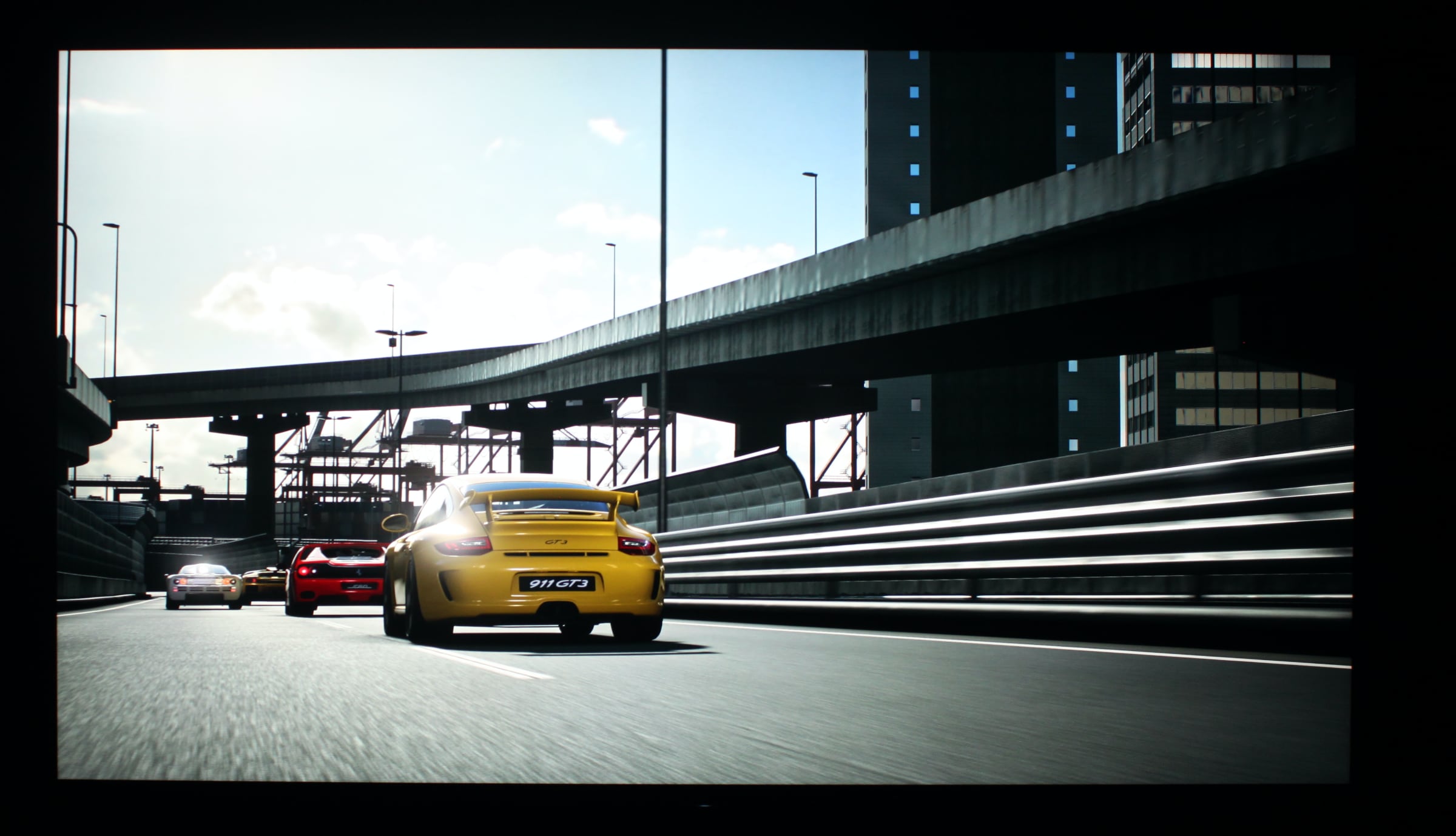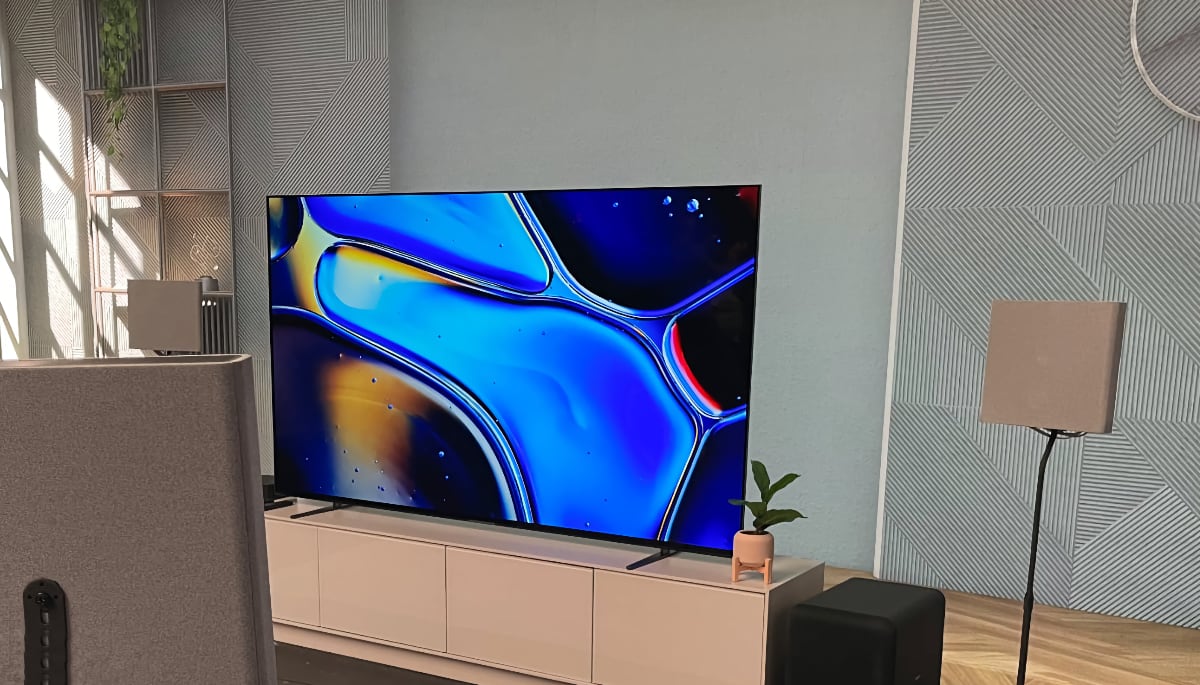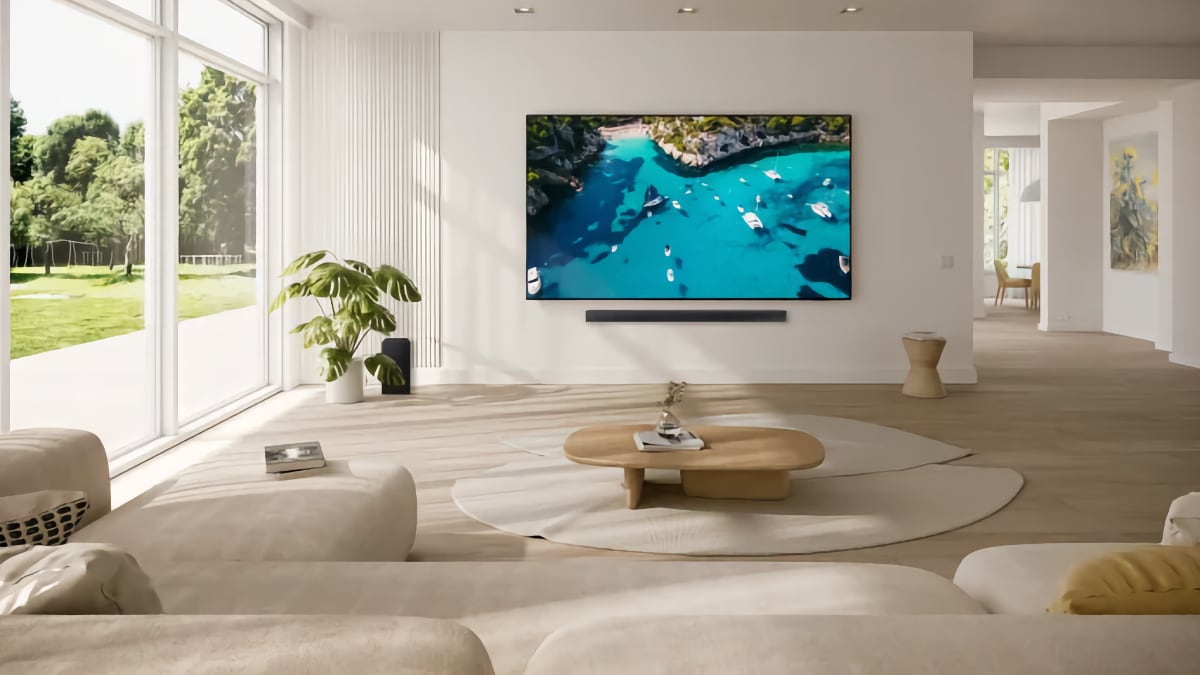You may already know MHL cables if you own a new Samsung, Sony, LG or Nokia product but for most users MHL is completely uncharted territory. MHL lets you connect smartphones or tablets to a TV, and in this guide we tell you what MHL can do for you.
MHL: Mobile High Definition Link
MHL (Mobile High-Definition Link) can transfer Full HD video and audio
You already know HDMI, used when connecting a Blu-ray player to your TV screen. Think of MHL as a similar standard; instead designed for connecting mobile devices to the TV.
MHL was created by a consortium consisting of Nokia, Sony, Samsung, Toshiba and Silicon Image. The small 5-pin connector can transfer video in full 1080p HD resolution, 192 kHz audio and 7.1 surround sound audio. The MHL cables and connectors are small but MHL can also be converted to for example HDMI.
However, MHL does not dictate one type of connector and because it only requires 5 pins it can be integrated into a variety of cables and connectors, allowing manufacturers to transmit video and audio with MHL via other designs.
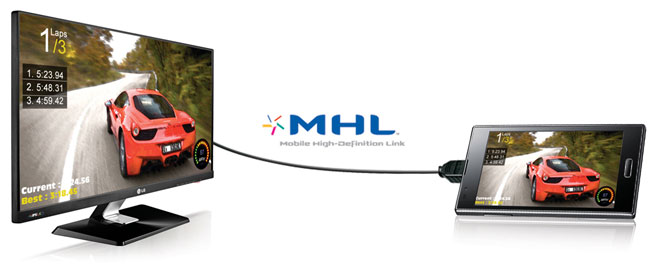
MHL will let you connect your smartphone or tablet to a PC or TV screen
The group behind MHL has plans to expand MHL to also support remote controlling of TVs from a smartphone or tablet. MHL also allows users to charge a connected smartphone or tablet if the TV screen supports MHL.
So, the basic idea is to use MHL as a standard for transmitting high-quality video and audio from a smartphone or tablet to the TV screen or to a PC monitor. MHL can potentially also be expanded to other device types.
What does MHL look like?
What does MHL look like? There is no definite answer to that question and if you search the web for pictures you will most likely find different designs. Most often MHL is integrated into micro-USB cables but MHL cables and connectors can also look different.
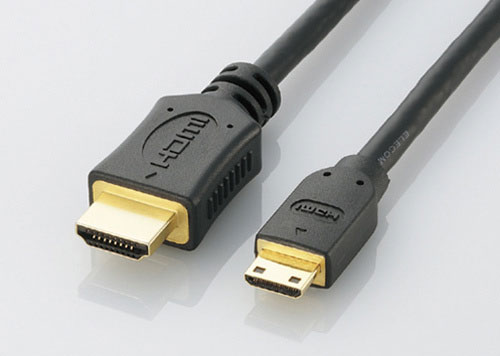
The first MHL cables are significantly smaller that HDMI cables
Today, MHL is primarily thought of as an “accessory” because it often requires an adaptor that converts the cable to HDMI. The reason is that most flat panel TVs does not support MHL and therefore the cable has to be converted to HDMI in order to connect it to the TV. However, if you own one of Samsung or LG’s new flagship TV models you have full MHL support.
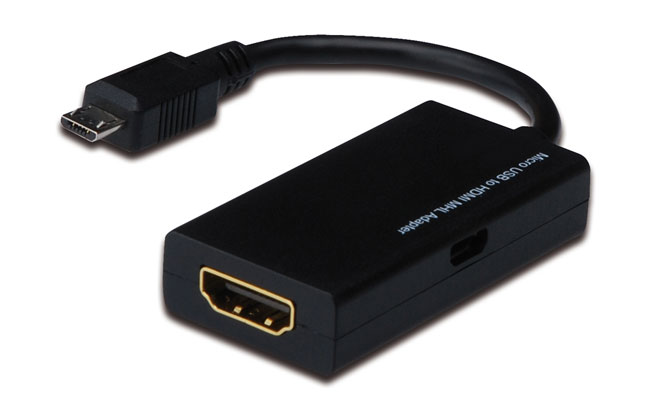
All smartphones and tablets with MHL can be connected to a TV with a MHL-> HDMI connector
Samsung’s Galaxy SII smartphone was the first device to utilize MHL and since then Samsung and LG has launched PC monitors and TVs with MHL. MHL has also been included into LG smartphones, HTC smartphones, receivers from Onkyo and Samsung’s latest Galaxy SIII smartphone.
Why is MHL necessary?
You might wonder why MHL is really needed? We already have too many cable standards and the TV manufacturers’ inability to kill old standards such as SCART, composite, component, s-video and D-SUB (VGA) does not bode well for MHL. Do we now need even more cable standards? And when MHL often requires an adaptor why not just use HDMI?
The MHL standard’s open design guide lines are both a blessing and a curse
The MHL group hopes to make MHL popular despite its challenges. And MHL do have some advantages such as the small size that makes it a perfect fit for smartphones and tablets. MHL can also be combined with other connector designs, making it flexible and easy to incorporate into one unified connector; for example USB. This is not possible with HDMI.
Yet, MHL has already been the focal point in a controversy regarding Samsung's new Galaxy SIII smartphone. Its predecessor, Galaxy SII, was the first to implement MHL but with Galaxy SIII Samsung changed the connector type used for MHL and made every MHL cable and MHL accessory useless with one magic stroke, leaving users frustrated. The MHL standard’s open design guide lines are both a blessing and a curse as it does not dictate a concrete connector type. Your MHL accessories and cables are therefore not necessarily compliant with all manufacturers’ MHL implementations.

Is MHL stillborn? Has MHL already been obviated by better wireless standards?
But the biggest question is if MHL has already been obviated by better wireless standards? Many consumers transmit video and audio wirelessly over their home network via DLNA or Apple AirPlay - in most cases with no effect on picture quality. So do we really need a new cable standard? Will MHL succeed?
Tell us about your experiences with MHL. Have you tried it on your smartphone or do you think that wireless solutions are superior?
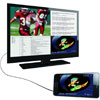 Guide: What is MHL? And how to use it
Guide: What is MHL? And how to use it

